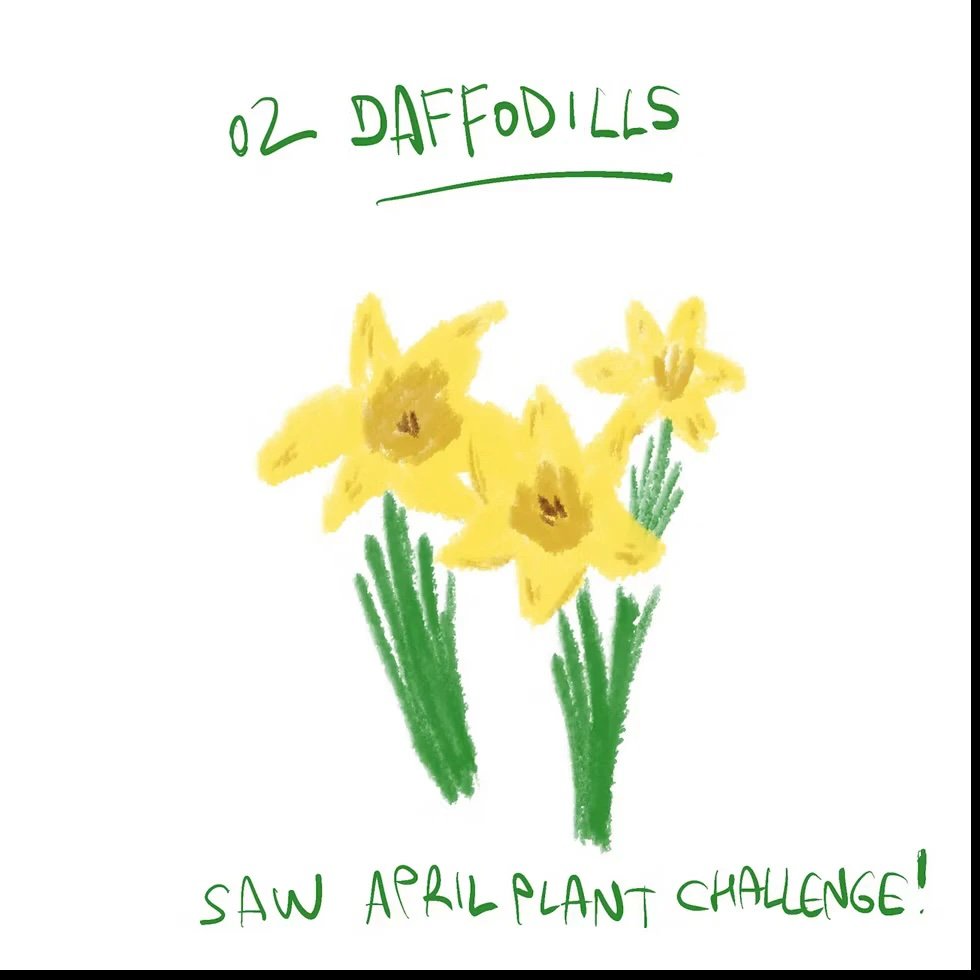COMICS MEDIUM: ANALOG, DIGITAL, AND EVERYTHING IN BETWEEN
Hi, Friends!
This week we hosted another descent into comic-making conundrums at the Terrible Anvil podcast, diving into a new topic: MEDIUM! Digital, Analog, and Everything In Between!
LISTEN NOW:
Comics itself is a medium and practice. But it also can be host to lots of different working mediums: traditional comics materials, new digital tools, watercolor, printmaking—whatever your heart desires! What medium feels gratifying, what feels satisfying, what is too labor intensive right now?
Hyena Hell once said to avoid using materials that present more of a block. Working in the ‘wrong’ medium, i.e. one we are unfamiliar with, can be a kind of defensive armor against finishing the work: “Once I get good at this I will start/finish my comic.”
Don’t wait, call today! WHAT DO YOU HAVE IN YOUR HANDS RIGHT NOW? Use that first.
What medium do you like to use, and when and how?
Maybe you are still learning a new medium, and figuring out how to make short experiments to get fluent and/or fast.
Tom Hart, for example, did the #AprilPlantDrawingChallenge using COLOR and PROCREATE, both things he’s unfamiliar with.
Working on daily deadlines helped him come into his own digitally, and now it’s not nearly as intimidating as before. That’s the magic of the TERRIBLE ANVIL!
Medium + deadline = ta-da?
Speaking of deadlines, Tom talked about a two page comic he did for the intro to The Field Guide to Graphic Literature. He had somewhat lost track of the deadline until he had a week left to get it done. He tried working digitally to meet the tight turnaround but got frustrated quickly—so he pivoted and worked in abstract watercolor splashes that he then assembled in Photoshop. The result became a digital collage of analog materials, one of his favorite pieces he’d ever made.
Both Tom and Jess remembered learning some cool watercolor stuff from Leslie Stein when she was visiting artist at SAW in around 2018.
(Here's a watercolor Jess did at that workshop! We made blobs!)
Tom Hart wondered how we can incorporate our artistic experimentation in our final drafts...
Jess noted that introducing a new medium (like loosey-goosey watercolor experiments) into comics can be like introducing different friend groups to each other or your weird boyfriend to your parents—it can be really anxiety inducing! But things just might work out better than you expect!
Some tips or things to try when choosing a medium for your comics:
Do what works for you, not what people say you should use
Find the tools that feel good in your hand and help you express yourself
Set parameters for yourself to not get overwhelmed by choice
Play with 'weirder' mediums like photo comics and collage
Use whatever materials are available to you (financially/spatially?)
Get the fancy stuff if you want!
Change mediums between projects
Tom Hart quoted Vanessa Davis saying: “Comics is the most optional medium ever” - there are so many choices you can make to do original work, it doesn’t have to look like everyone else's.
"Time is the medium of possibility"
Jess reminds us that sometimes (maybe all the time) we can go slower—because we're learning, because it's new, because it's delightful to go slow!
WATCH THE FULL EPISODE OF THE TERRIBLE ANVIL FOR MORE TIPS AND ENCOURAGEMENT!
AnD check out NEXT WEEK’s episode on COLOR in comics!
join us for even more in the FLOW + PUBLISH group at SAW!
You’ll get access to our live calls every Thursday, along with expert guidance and a supportive community to help you get your comics out there.
Happy making!
WANT TO MAKE AND READ MORE COMICS?
Do you have a story inside you that’s just itching to come out, but want some guidance to help push it out?
Learn more about intensive comics learning with teachers at SAW by checking out SAW’s Year-Long Intensive Program and our Six-Month Graphic Novel Intensive.
Be sure to also check out our Online Courses, some courses are offered year-round and are always enrolling while others are limited in space and come around only once a year!
Our Graphic Memoir Intensive runs year round and is always enrolling. It includes access to a vibrant working community, twice-monthly live online check-ins, weekly prompts, and access to SAW’s Monthly Pro Calls!
Our Comics Flow Group, or SAW FLOW MEMBERSHIP, is also year-round and always enrolling and is SAW's MOST AFFORDABLE course option with access to Monthly Pro-Calls!
And, of course, come see what we’re all up to on SAW's Mighty Network anytime!








